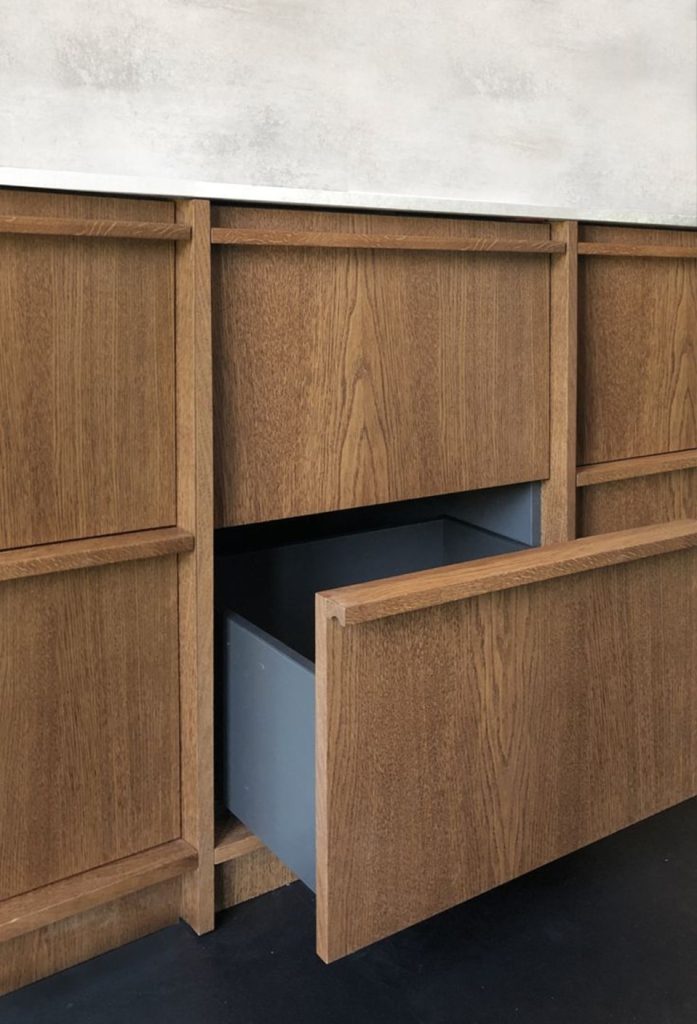Introduction:
The heart of every home, the kitchen, holds a special place where culinary masterpieces are born and cherished moments unfold. At the core of this culinary haven lies an essential element – kitchen cabinetry. Beyond their aesthetic appeal, the materials used in constructing kitchen cabinets play a crucial role in determining their durability, functionality, and overall quality. In this blog, we will delve into the common materials employed in the construction of kitchen cabinetry, shedding light on their unique characteristics and benefits.
Hardwood: A Timeless Classic
Hardwood stands as a timeless favorite in kitchen cabinetry construction. Varieties such as oak, maple, cherry, and birch are prized for their durability and natural beauty. Hardwood cabinets exude warmth various finishes, from light and natural to dark and sophisticated, catering to diverse design preferences.
and charm, and they age gracefully, gaining character over time. The versatility of hardwood allows for
MDF (Medium-Density Fiberboard):
An Affordable Alternative
Medium-Density Fiberboard, or MDF, has gained popularity as a cost-effective and versatile option for kitchen cabinets. Composed of wood fibers and resin, MDF provides a smooth and uniform surface, making it an ideal choice for painted cabinets. While MDF may lack the natural grain of hardwood, it compensates with stability and resistance to warping, making it a practical choice for budget-conscious homeowners.

Plywood: Strength in Layers
Plywood is a composite material consisting of layers of wood veneers glued together. This construction method imparts strength and stability to the cabinets, making plywood a reliable choice for both the cabinet box and doors. Plywood cabinets resist expansion and contraction due to changes in humidity, ensuring longevity and structural integrity.

Particleboard: An Economical Option
Particleboard is another economical option in kitchen cabinetry. Composed of wood particles bonded with resin, particleboard is lightweight and cost-effective. While it may be susceptible to moisture damage if not properly sealed, advancements in manufacturing techniques have led to the development of moisture-resistant particleboard, expanding its use in various kitchen environments.


